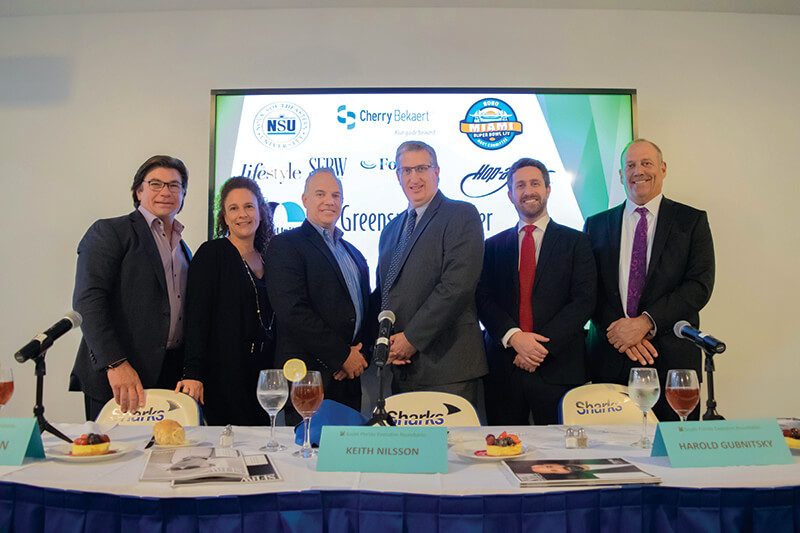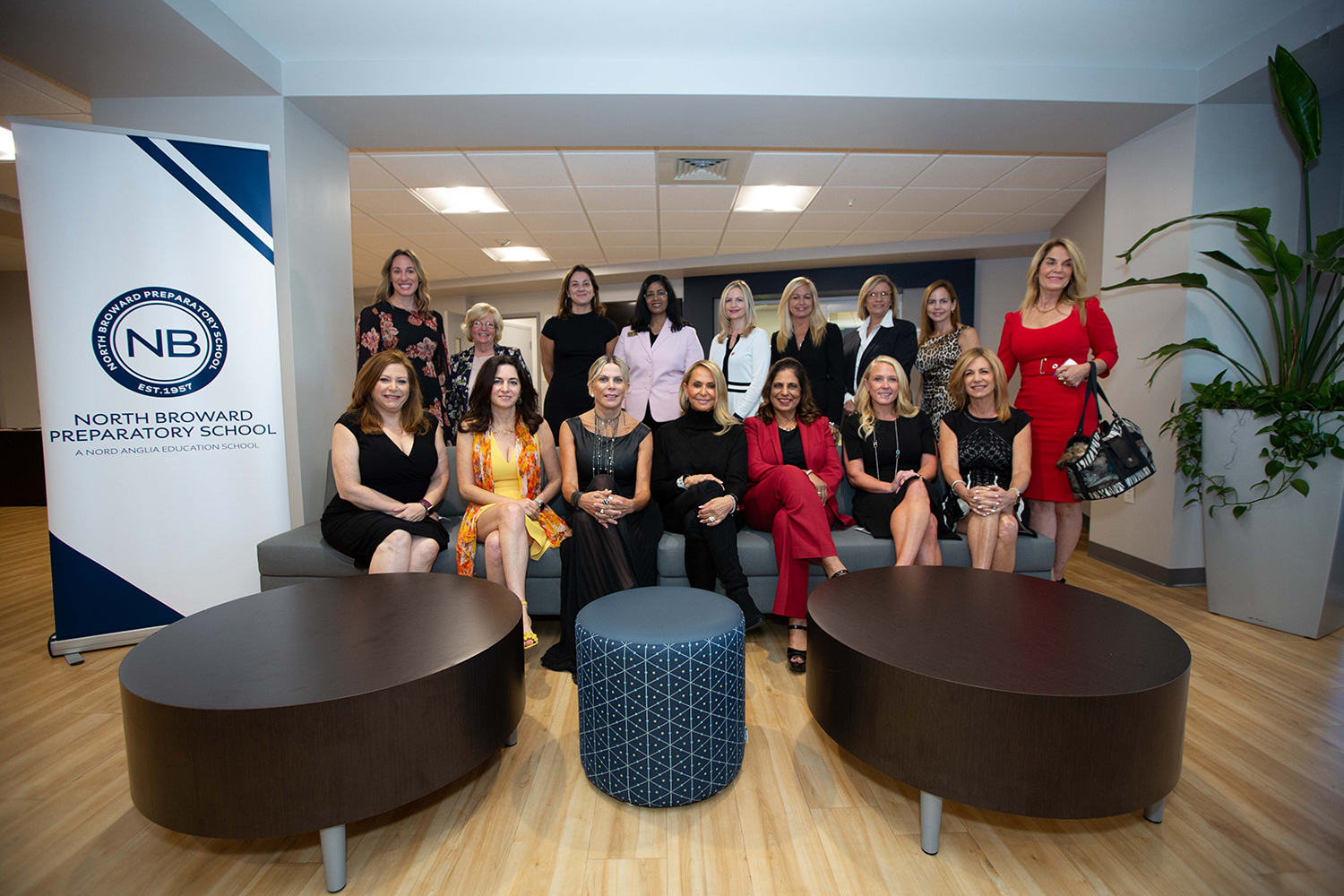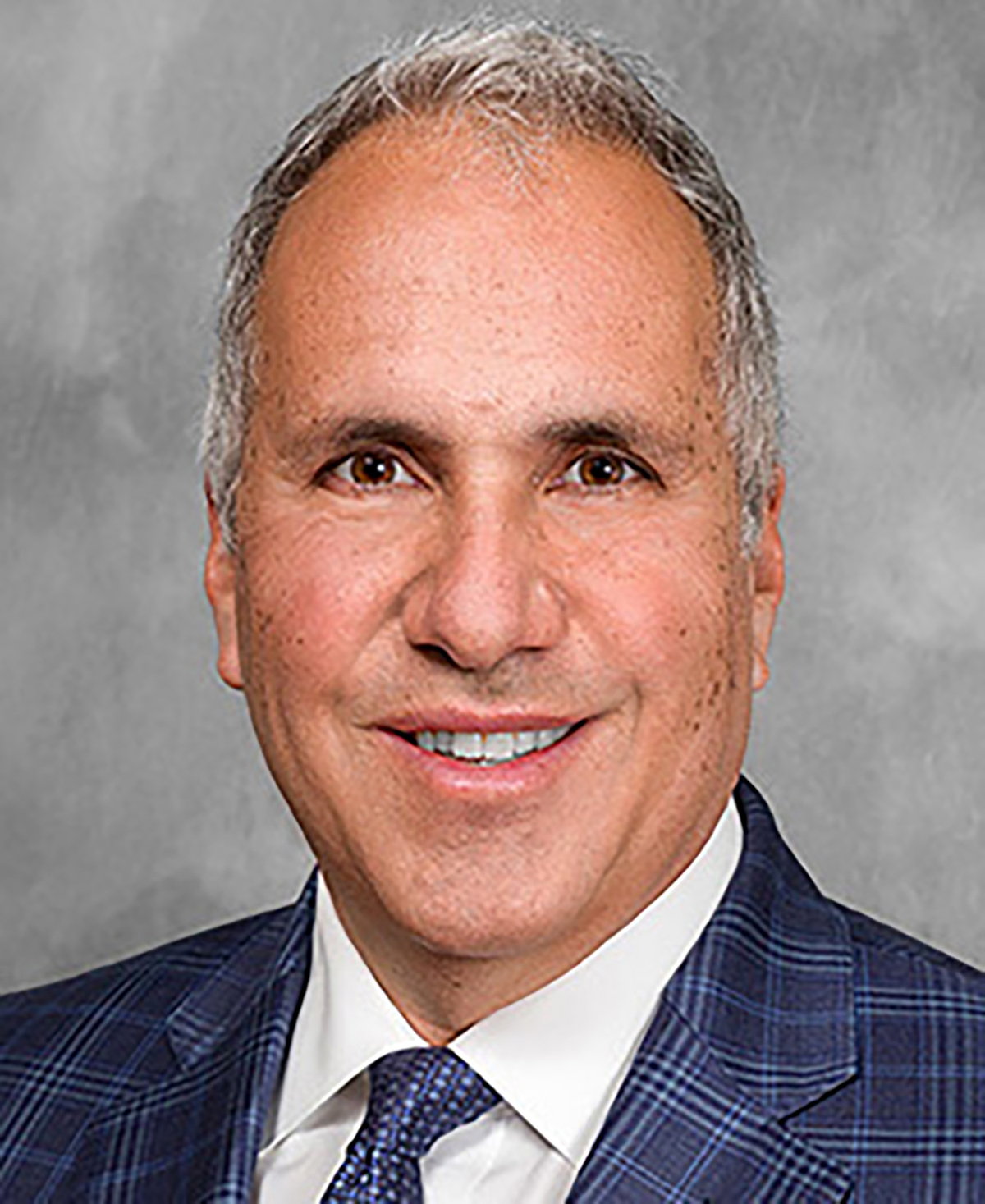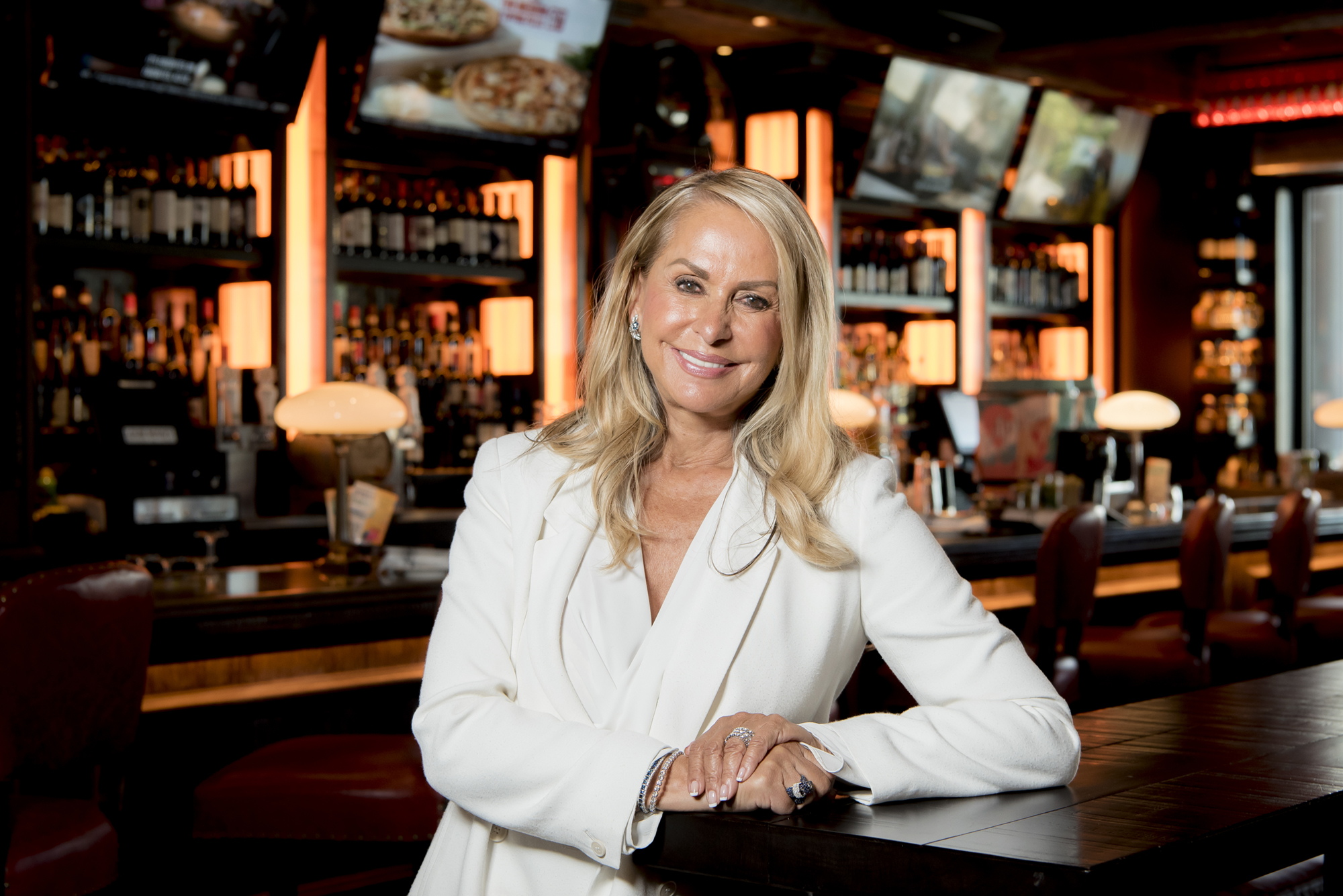Hurdles come with business development and innovation
By Andrea Richard
The December edition of the South Florida Executive Roundtable wrapped up 2017 on a serious note. The panelists convened at Nova Southeastern University, discussing their concerns for the year ahead. Talent retention and health care costs were among topics covered.
“Our challenge is managing our launch of each ship with a big bang,” says Tom McAlpin, president and CEO of Virgin Voyages, a startup in the luxury cruise industry space. He was joined by Diana Dobin, CEO and chief sustainability officer of Valley Forge Fabrics; Harold R. Gubnitsky, president and chief strategy officer of ProcessMap, which helps companies monitor safety and environmental performance; and Keith Nilsson, chief financial officer of Cleveland Clinic Florida.
SFBW is the exclusive media sponsor of this executive-level luncheon. David Appel, managing partner with the accounting firm Cherry Bekaert, was the moderator.
Innovation comes naturally to many small entrepreneurial businesses because it is vital to their survival and growth, so when we get into large organizations they have different challenges. In your organizations, how do you define innovation?
Gubnitsky: It is doing something that really disrupts or changes the way the game is played. That can be technology.
Nilsson: We are constantly looking at technology and research to bring value to health care. How can we make the process more efficient? One example is robotic surgeries.
Dobin: Five years ago, we set out to modernize our business and put a process in place to allow us to scale and have more control driving things that seem very entrepreneurial but perhaps put too much risk on the business. We innovate around process, and we have strategic goals for allowing every process to be scrutinized being more better, more efficient and leaving ego out of the way.
McAlpin: At Virgin, innovation is a part of our DNA. For us, it is about creating something that is different. It starts with the culture. But it is a mindset that everyone has that the look and feel of the ship will be different. It is the way our guests will embark, debark. It’s the dining program, entertainment and overall our lifestyle brand.
Challenges arise on the inside as well as on the outside of business organizations. Can you comment on one of those challenges and how you moved forward?
Dobin: Someone recently asked me how much product we put out and if it is seasonal. We put about two different collections out every week. It is a huge amount of product and we have a large team. For us, challenges arise because of our size. Every month, our product-sourcing leaders review every idea that has been brought to them. And then, every idea is edited for clarity and brought forth to our executives. Then, every idea must have an executive representative to be the sponsor. We can then set parameters and control.
When we have a product that doesn’t work—which happens—we always do a post-product review, where we gather data and information, and then we have “lessons learned” presentations in meetings where we share that information across the organization.
Nilsson: Bringing about care for our patients in the most efficient manner is of the utmost importance for us. We must put money back into developing and expanding our services and figuring out how to do that in a world there’s another party holding dollars, as opposed to the consumer. That’s the world we are trying to innovate in.
Gubnitsky: For us, our engineers are constantly looking at analytics, data, graphs and mobile applications to see what they can take on board. For our customers, the innovation is different—a challenge. When we are dealing with customers, we help them to reimagine how life can be and not be discouraged by the way they’ve done things before. It’s all about change management.
What do you see as one of your largest challenges over the next three to five years?
Dobin: Being able to provide wonderful benefits to our team isn’t just something that makes us competitive to get talent. It’s, for us, a fundamental part of who we are as an organization. We are very concerned about the future of health care and how that’s going to affect us and allow us to retain talent. I think that, in terms of talent search in South Florida, it is tough to find talent.↵








